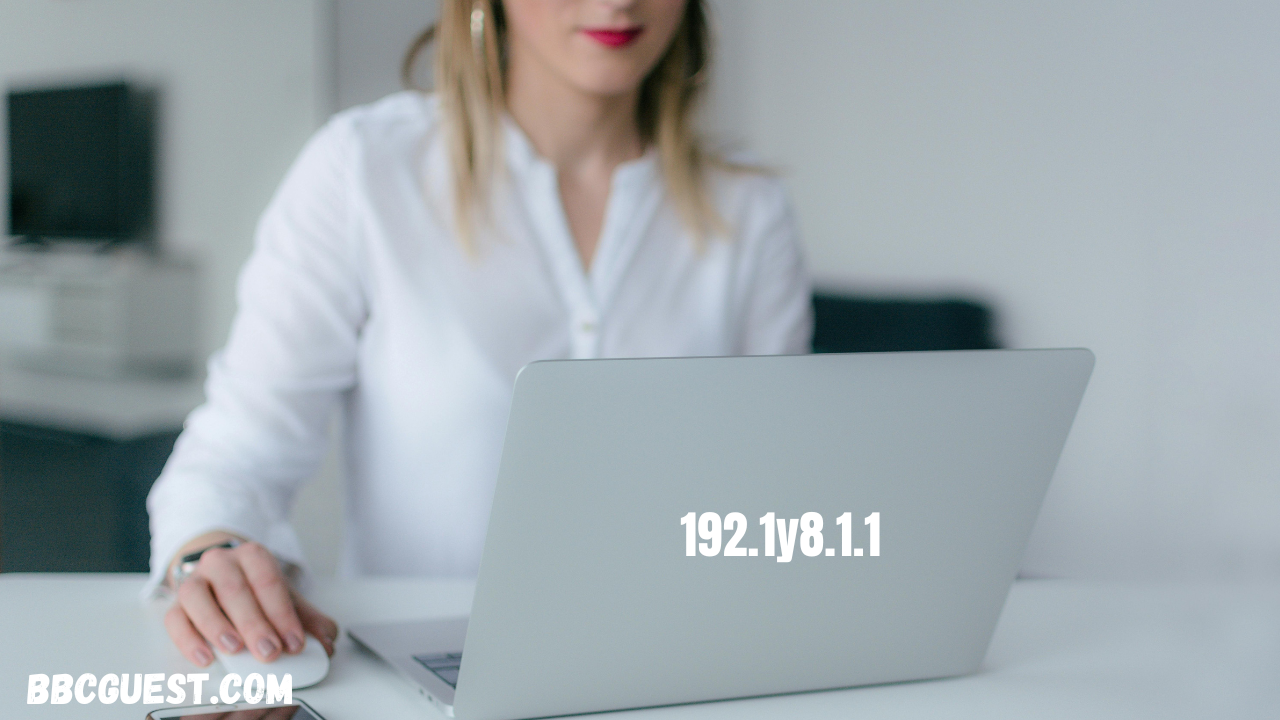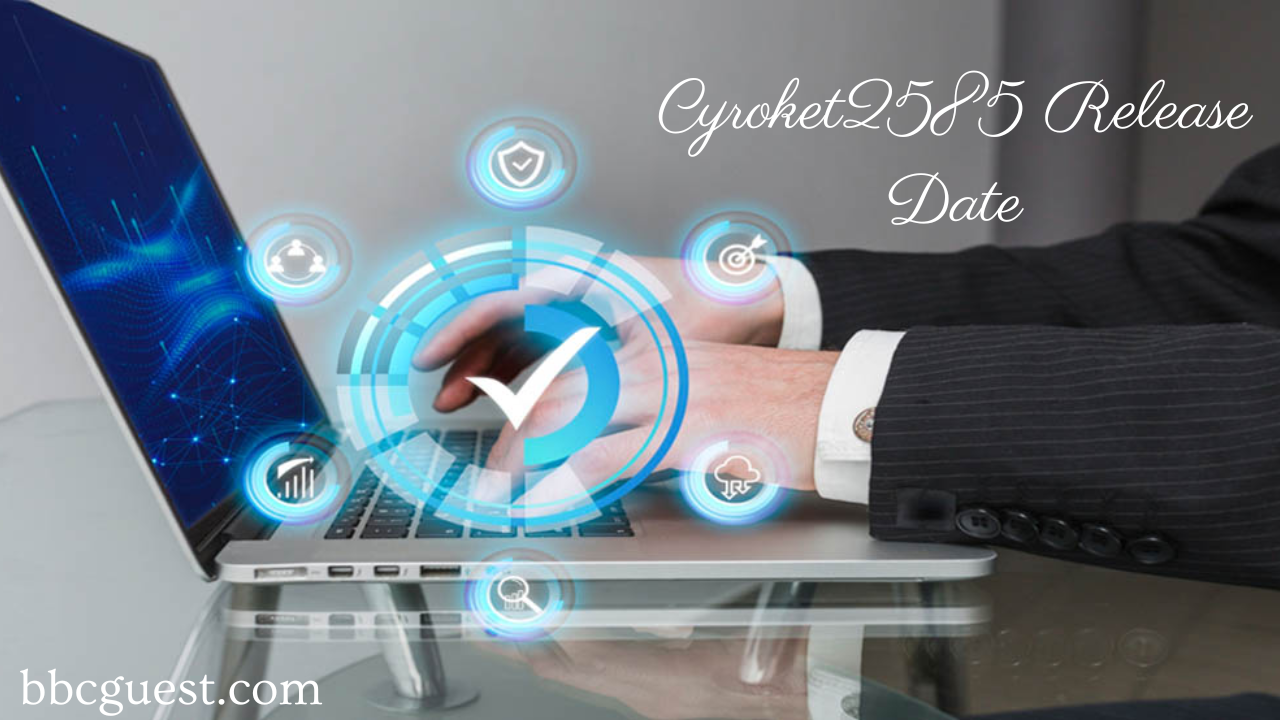The sequence 192.1y8.1.1 may appear cryptic at first glance, but it holds potential relevance in networking, software development, or specialized technical configurations. While it resembles an IP address format, the inclusion of the letter “y” suggests it could be a placeholder, a typographical error, or part of a custom coding system. This article explores the possible interpretations of 192.1y8.1.1, its potential applications, and why such alphanumeric sequences are used in technology. Whether you’re a network administrator, a programmer, or simply curious about digital addressing systems, understanding the structure and purpose of sequences like 192.1y8.1.1 can provide valuable insights into modern computing and networking protocols.
Is 192.1y8.1.1 a Valid IP Address?
Traditional IPv4 addresses consist of four numerical octets separated by periods (e.g., 192.168.1.1). However, 192.1y8.1.1 deviates from this standard due to the presence of the letter “y,” making it an invalid conventional IP address. This anomaly suggests several possibilities:
- Placeholder in Documentation: It might be used in technical manuals or tutorials as an example, indicating where a real IP should be inserted.
- Custom Encoding Scheme: Some proprietary systems or internal software may use hybrid alphanumeric formats for unique identifiers.
- Typographical Error: It could be a mistyped version of a common private IP like 192.168.1.1, often used in local networks.
If encountered in a real-world scenario, verifying the correct syntax or consulting the relevant technical documentation is essential to avoid configuration errors.
Potential Uses of Alphanumeric Sequences Like 192.1y8.1.1
While 192.1y8.1.1 itself may not be a standard IP, similar hybrid formats are sometimes used in:
- Software Development: Temporary or test configurations may use unconventional formats to avoid conflicts with live networks.
- Hardware Device IDs: Some IoT devices or embedded systems use custom addressing schemes for internal communication.
- Data Obfuscation: In security testing or debugging, non-standard formats can help mask real IP addresses.
Understanding these applications helps IT professionals and developers recognize when such sequences are intentional versus when they indicate an error.
How to Troubleshoot Issues Related to 192.1y8.1.1
If you encounter 192.1y8.1.1 in an error message or configuration file, follow these steps:
- Check for Typos: Verify if it was meant to be a standard IP like 192.168.1.1.
- Review Documentation: Consult manuals or support resources to see if the format is part of a proprietary system.
- Test Connectivity: If used in networking, ensure the device or software supports alphanumeric addressing.
- Contact Support: If the issue persists, reaching out to the software/hardware provider can clarify its purpose.
Conclusion: The Importance of Proper Addressing in Tech
The sequence 192.1y8.1.1 serves as a reminder of how precise syntax is in networking and computing. Whether it’s a typo, placeholder, or part of a specialized system, recognizing and correcting such anomalies ensures smooth operations in IT environments. For professionals and enthusiasts alike, paying attention to detail in digital addressing prevents misconfigurations and enhances system reliability. If you frequently work with IP-based systems, always double-check unfamiliar formats to maintain optimal performance and security.
By exploring the possible meanings and implications of 192.1y8.1.1, we gain a deeper appreciation for the structured yet flexible nature of modern technology. Whether in error or by design, such sequences highlight the evolving complexities of digital communication.
Also Read: Clienage9 for PC: The Gaming Experience on a Bigger Screen



